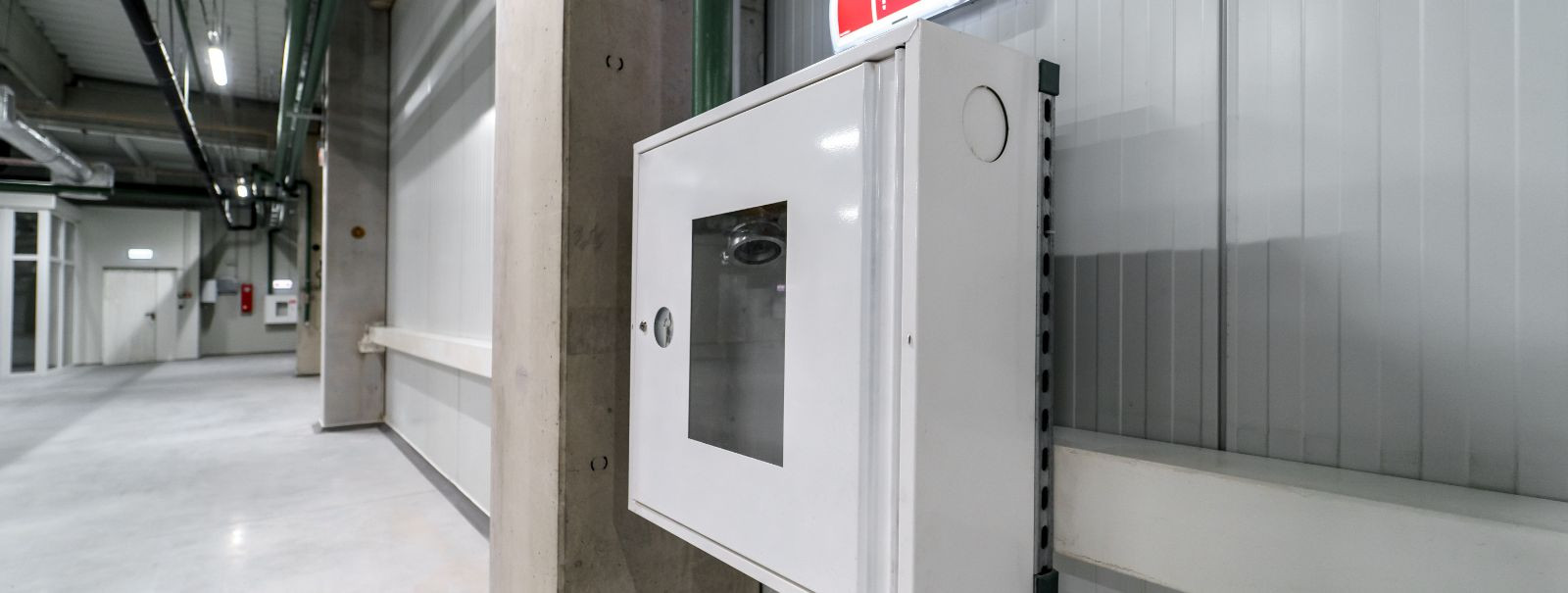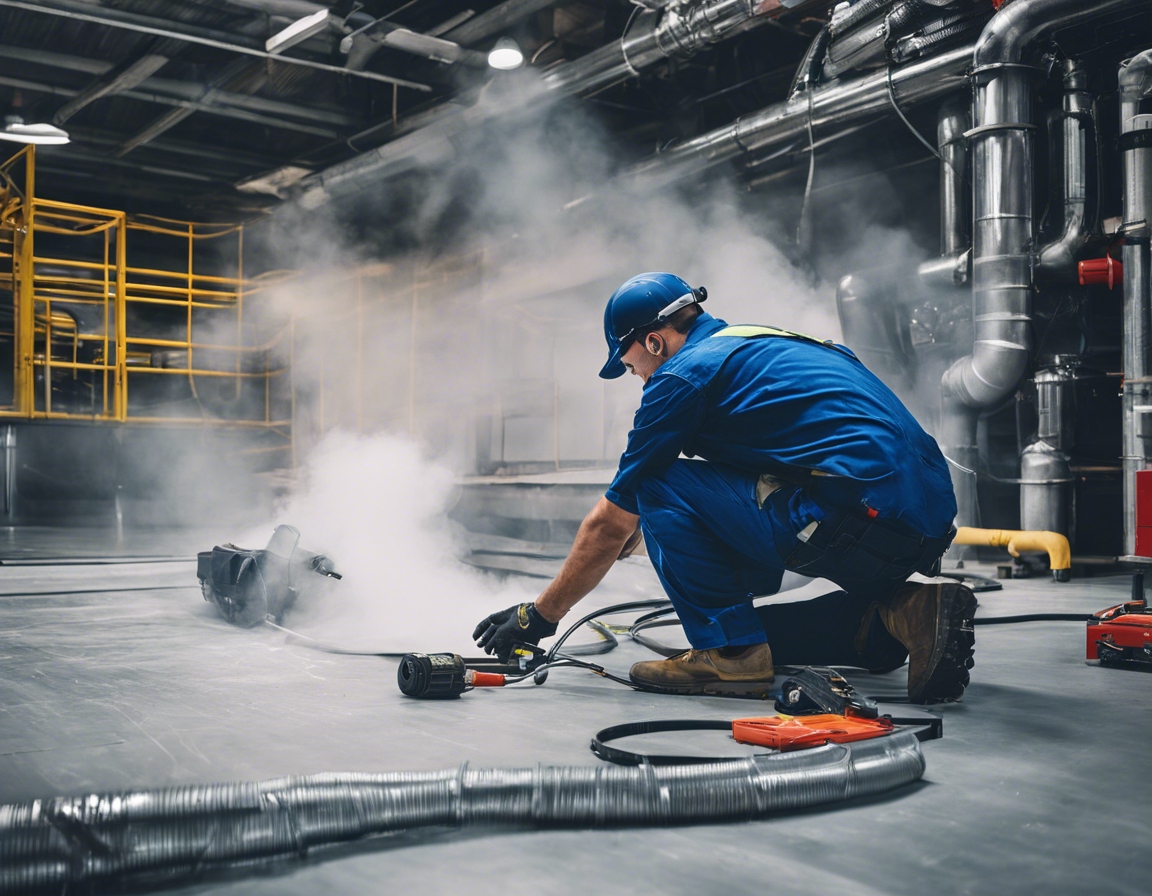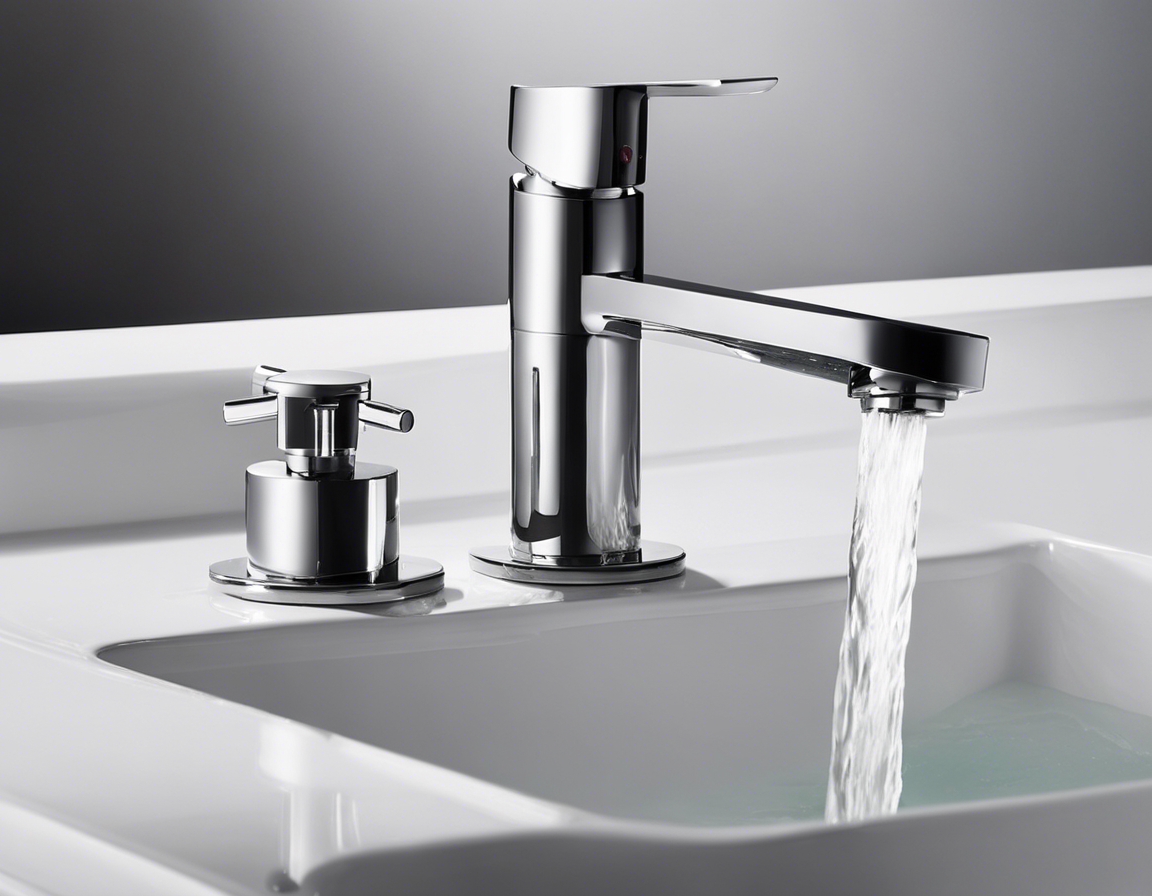Innovative smoke removal systems for modern architecture
Smoke removal systems are a critical component of modern building design, providing a means of escape and reducing the risk of smoke inhalation during a fire. These systems are designed to manage and control the spread of smoke, allowing for safe evacuation and aiding firefighting efforts.
Modern architecture often features large open spaces and extensive use of glass, which can present unique challenges for smoke removal. Effective smoke management is essential to protect occupants and property, and to comply with stringent fire safety regulations.
Architects and engineers must consider various factors such as building size, layout, and occupancy when designing smoke removal systems. The integration of these systems into aesthetically pleasing designs without compromising functionality is a key challenge.
Types of Smoke Removal Systems
Natural smoke ventilation systems use the buoyancy of hot gases to allow smoke to escape through vents or windows. These systems are environmentally friendly and cost-effective but may not be suitable for all building types.
Mechanical systems use powered fans to extract smoke, providing more control over smoke movement, especially in complex or high-rise buildings.
Pressurization systems create areas of higher air pressure to prevent smoke from spreading, commonly used in stairwells and elevator shafts to maintain clear escape routes.
Key Components of Smoke Removal Systems
Early detection of smoke is vital for the activation of smoke removal systems. Smoke detectors and alarms form the first line of defense in alerting occupants and activating the smoke control measures.
Ducts and fans are essential for directing smoke away from occupied areas and out of the building. Their design and placement are crucial for the system's effectiveness.
Control panels serve as the operational hub, integrating smoke detectors, alarms, and ventilation components to manage the system efficiently.
Advancements in Smoke Removal Technology
Modern smoke removal systems can be integrated into smart building platforms, allowing for real-time monitoring and control, which enhances safety and responsiveness.
Advancements in technology have led to more energy-efficient smoke removal systems that align with sustainability goals without compromising safety.
Contemporary systems offer customization options to fit the unique architectural features of a building, ensuring that safety measures blend seamlessly with design aesthetics.
Regulatory Compliance and Safety Standards
Smoke removal systems must adhere to international building codes and fire safety standards to ensure the highest level of protection for building occupants.
Understanding and complying with local regulations is essential for legal operation and to avoid penalties. Systems must be designed to meet or exceed these requirements.
Installation and Maintenance of Smoke Removal Systems
Proper installation by certified professionals is crucial for the effective operation of smoke removal systems. It ensures that all components function as intended and comply with regulations.
Regular maintenance and inspections are necessary to maintain system reliability and performance. A well-maintained system is always ready to perform in the event of a fire.






Comments (0)